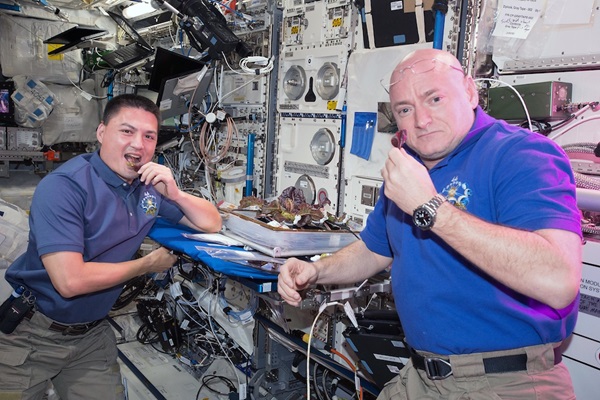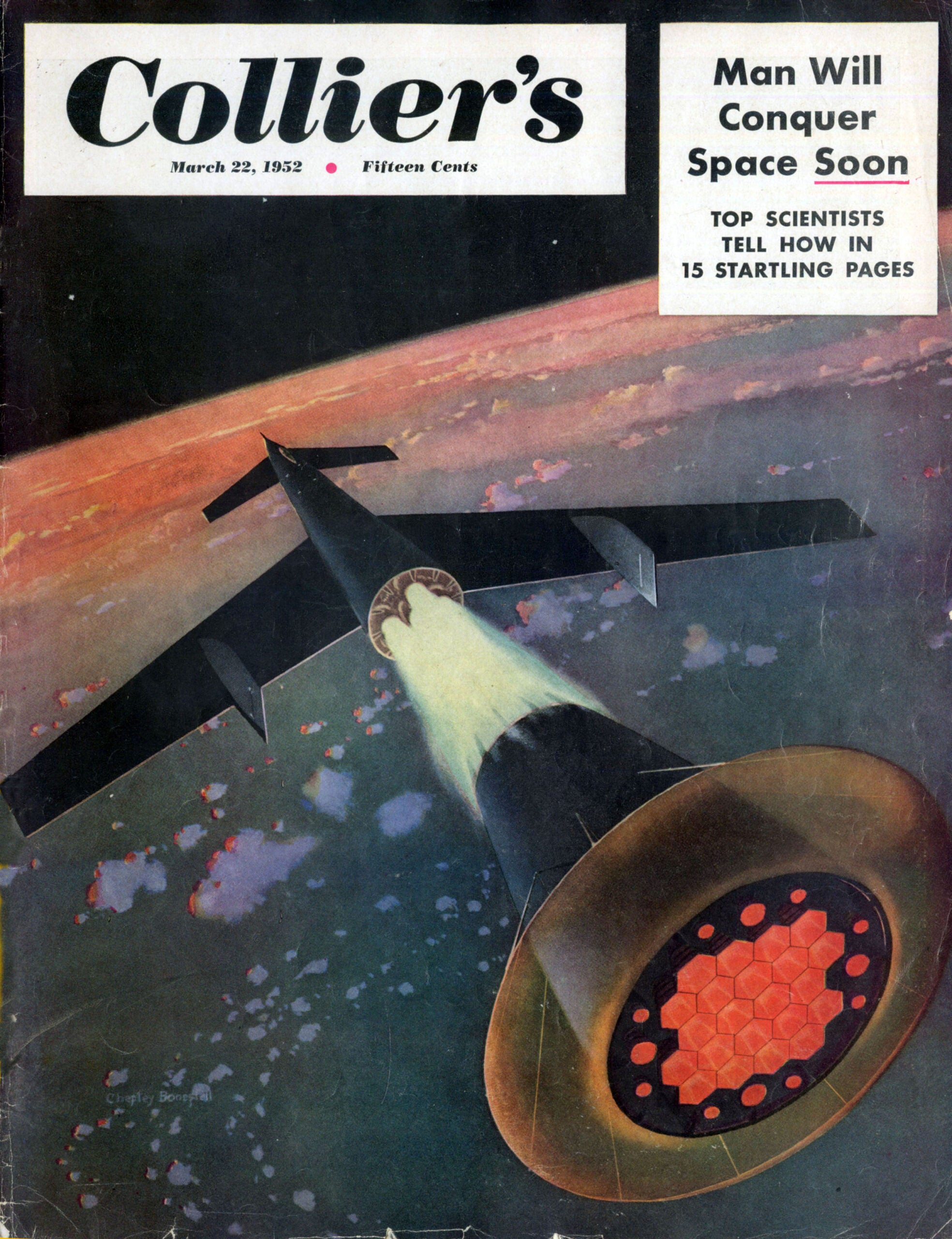In your July 2020 issue, there was a picture of astronauts Kjell Lingren and Scott Kelly on board the International space Station (ISS). In the picture, Scott Kelly has a wristwatch on. Why does he need one and what time is it on the ISS?
Actually, I wore two watches, which isn’t unusual for astronauts on the ISS. One is a sleep experiment data-collection device that measures motion and light, sensing when you’re asleep and how sound that sleep is. The other, as you guessed, is a watch.
We did still have time aboard the ISS and we use Greenwich Mean Time (GMT) — the time at the Royal Observatory in Greenwich, London, U.K. Mission control centers around the world and across multiple time zones need to coordinate schedules for activities, so we do need a standard time.
If you’re wondering how often I would have to adjust the time, the answer is, not very often on a precise watch. This is actually something we learned thanks to NASA’s landmark Twins Study. My understanding, based on calculations done by civilian scientists, is that over the course of my year in space, time slowed down for me by a few milliseconds as compared to my twin brother, Mark, also a former NASA astronaut, on Earth. So, I got that going for me.









